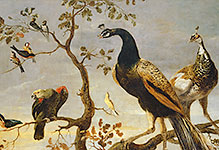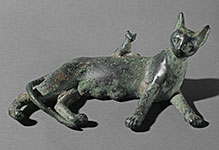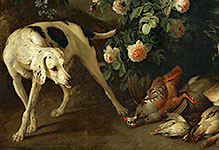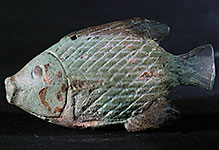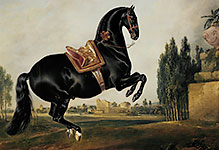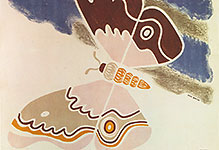
#03080130
Manesse Codex (sheet 11v): Duke Heinrich IV of Schlesien Breslau (around 1253-12...

#03080132
Manesse Codex (sheet 17r): Heinrich I Duke of Askanien and Prince von Anhalt (ar...

#03080133
Manesse Codex (sheet 163v): Minstrel Rubin (13th) shown with crossbow. The Ma...

#03080138
Marginal drawing of two men ploughing with a team of four yoked oxen. From the L...

#03080140
Facsimile of the Ellesmere Chaucer - The Merchant. The Ellesmere manuscript is...

#03080141
Facsimile of the Ellesmere Chaucer - The Cook. The Ellesmere manuscript is an e...

#03080142
Facsimile of the Ellesmere Chaucer - The Canon's Yeoman. The Ellesmere manuscri...

#03080143
Facsimile of the Ellesmere Chaucer - The Nun's Priest. The Ellesmere manuscript...

#03080144
Facsimile of the Ellesmere Chaucer - The Second Nun. The Ellesmere manuscript i...

#03080146
Facsimile of the Ellesmere Chaucer - Portrait of Chaucer as a Canterbury pilgrim...

#03080153
Medieval tournament. Illuminated manuscript; 14th century.

#03080154
Bas-de-page scene showing a woman putting a ferret into a rabbit's hole, and ano...
